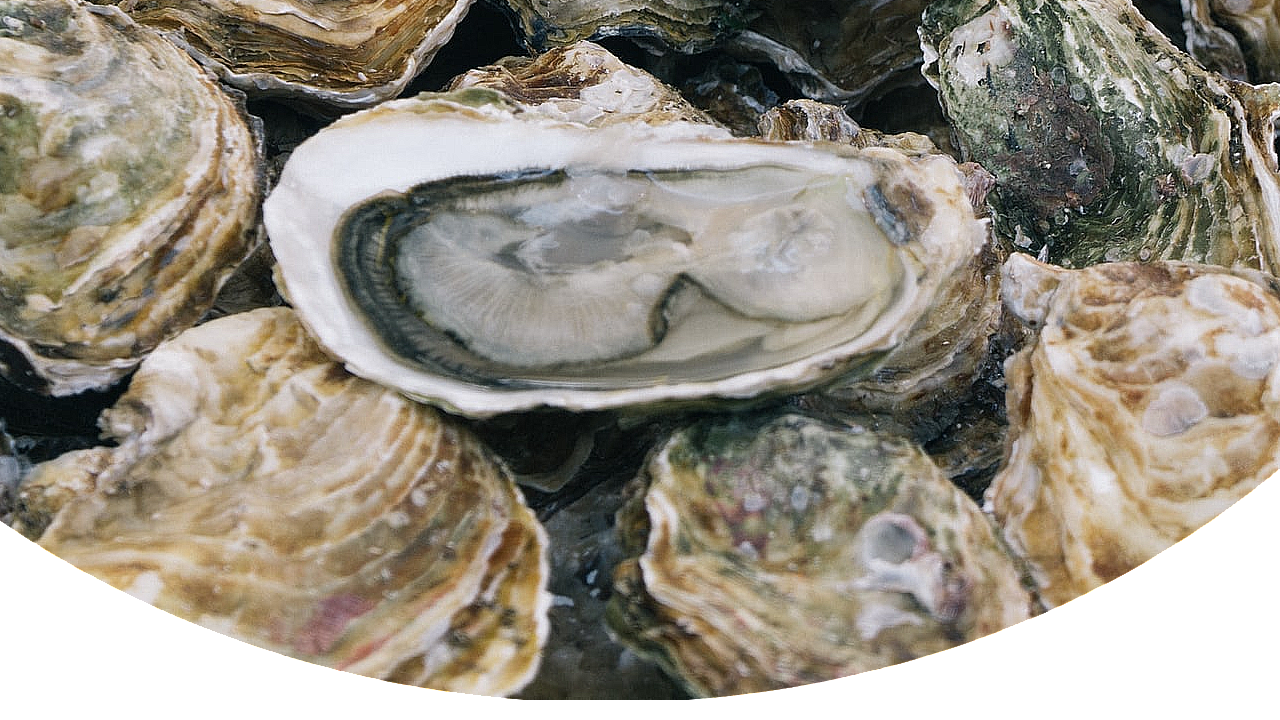
Staff reports | With Thanksgiving just around the corner, South Carolina tables will be filled with locally-sourced, Lowcountry food traditions, from briny oysters and shrimp to Hoppin’ John and red rice. Here’s a look at some food history and traditions from Chapter 7 of our new book, 350 Facts About Charleston.
Lowcountry’s oysters are a briny delicacy
 Connoisseurs of oysters often believe the salty, just-right-sized clusters hammered from the marshes of the Lowcountry are among the world’s best. Culinary wizards Matt and Ted Lee say they’re the flavor of the Lowcountry, describing roasting oysters over a wood fire as the quintessential Charleston experience — “the outdoor, rustic-as-heck, shuck-your-own roast is the thing, and it says a lot about Charleston’s paradoxes and contrasts that the same ease and grace will be brought to an oyster roast as to high holidays with family.” The Lowcountry Oyster Festival tentatively is scheduled for the end of January.
Connoisseurs of oysters often believe the salty, just-right-sized clusters hammered from the marshes of the Lowcountry are among the world’s best. Culinary wizards Matt and Ted Lee say they’re the flavor of the Lowcountry, describing roasting oysters over a wood fire as the quintessential Charleston experience — “the outdoor, rustic-as-heck, shuck-your-own roast is the thing, and it says a lot about Charleston’s paradoxes and contrasts that the same ease and grace will be brought to an oyster roast as to high holidays with family.” The Lowcountry Oyster Festival tentatively is scheduled for the end of January.
The Lowcountry’s long history of oystering
Visitors to the Holy City in recent years have been able to enjoy both “R” month oyster roasts and year-round singles at area raw bars and restaurants. The wild oyster population is not what it once was, though. From the late 1880s to just after World War II, the oyster industry had its heyday and was South Carolina’s most valuable fishery — in 1902, oysters were responsible for 45 percent of the value of all South Carolina fisheries. From 1900 to 1935, oyster canneries grew in number, employing thousands of workers and processing most of the state’s oysters to then be shipped to many parts of the world. The primary oyster industry centers were located in Bluffton, Beaufort, Port Royal, Folly Beach, Awendaw and McClellanville.
Hoppin’ John is more than rice and peas
Hoppin’ John means two things to Charlestonians. First, it’s a rich mixture of two Lowcountry kitchen staples — rice and black-eyed peas — that reflects the region’s culinary heritage, which stemmed from the pots and traditions of enslaved Africans. The dish is often flavored with spicy sausage, bacon, ham or pork fat, with some recipes adding onions, fresh tomatoes and seasonings. Residents of Charleston also know “Hoppin’ John” to be a nickname for culinary writer and historian John Martin Taylor, who ran the culinary bookstore Hoppin John’s in Charleston from 1986 to 1999. Taylor played a crucial role in educating people across the South about the importance of traditio
- ORDER NOW: Copies are in Lowcountry-area bookstores now, but if you can’t swing by, you can order a copy online today.


